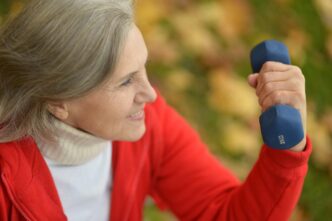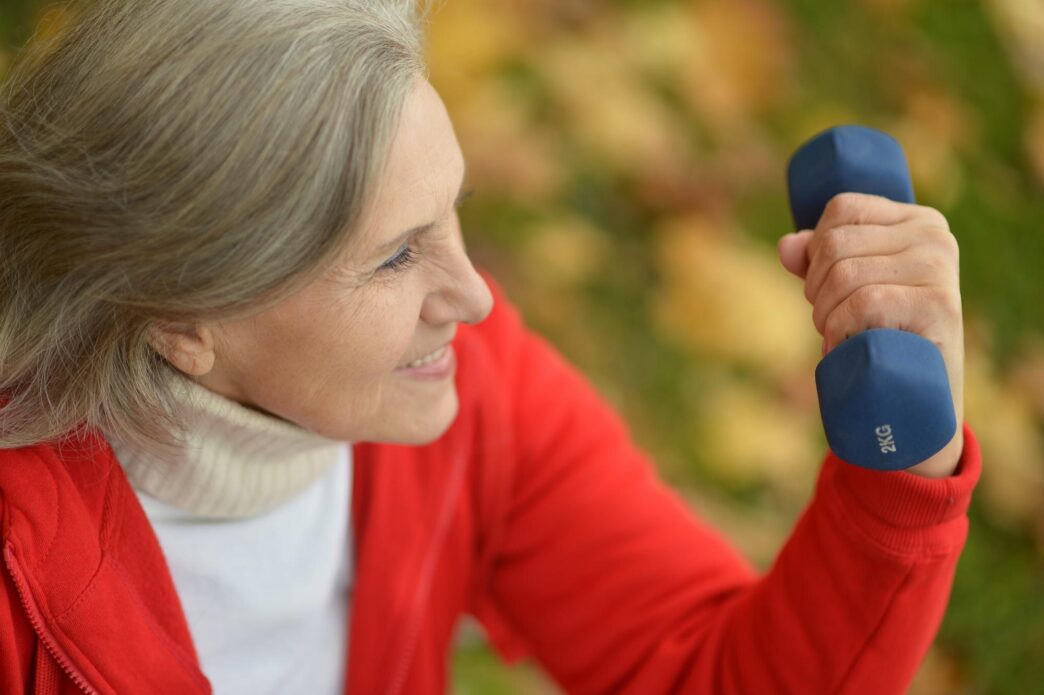A Quick Takeaway
The Story Behind the Trend
How to Make It Work for You
The Community View
Longevity-focused training is revolutionizing how individuals approach fitness, shifting the paradigm from short-term aesthetic goals or peak performance to a comprehensive strategy aimed at extending healthspan and quality of life. This holistic approach integrates various exercise modalities—strength, cardiovascular, mobility, and balance—alongside crucial recovery practices to empower individuals of all ages to maintain functional independence, mitigate age-related decline, and foster well-being far into their later years. By emphasizing sustainable habits and a proactive stance against chronic disease, longevity training offers a pathway to not just live longer, but to live better, ensuring vitality and active participation in life’s moments.
What is Longevity-Focused Training?
At its core, longevity-focused training represents a fundamental shift in fitness philosophy. Instead of chasing fleeting gains or specific body compositions, it prioritizes the long-term health and functional capacity of the human body. This approach recognizes that true fitness is about sustained health, resilience, and the ability to perform daily activities with ease and without pain as one ages.
It moves beyond the traditional gym mentality, understanding that exercise is a powerful tool for disease prevention and health promotion. The goal is to build a robust physiological foundation that supports a vibrant, active life for decades, not just years. This makes it relevant for everyone, from young adults laying foundational habits to seniors aiming to maintain their independence.
The Pillars of Longevity Training
A well-rounded longevity program incorporates several key components, each playing a vital role in overall health and resilience. These pillars work synergistically to address the multifaceted aspects of aging and physical function.
Strength Training
Building and maintaining muscle mass is paramount for longevity, directly combating sarcopenia, the age-related loss of muscle. Strength training enhances bone density, improves metabolic health by increasing insulin sensitivity, and supports joint integrity. Functional movements that mimic daily activities, such as squats, deadlifts, presses, and rows, are often emphasized to build practical strength.
Cardiovascular Health
A strong heart and efficient circulatory system are foundational to a long, healthy life. Cardiovascular training, encompassing both steady-state aerobic activities and high-intensity interval training (HIIT), improves endurance, reduces the risk of heart disease, and enhances cognitive function. Regular cardio also helps manage weight and improves the body’s ability to use oxygen efficiently.
Mobility and Flexibility
Maintaining a full range of motion in joints and flexible muscles is critical for preventing injuries and preserving functional independence. Activities like yoga, Pilates, dynamic stretching, and dedicated mobility drills help improve joint health, reduce stiffness, and enhance overall movement quality. Good mobility ensures that daily tasks remain effortless and pain-free.
Balance and Stability
As people age, the risk of falls increases significantly, often leading to serious injuries. Training balance and stability, through exercises like single-leg stands, walking on uneven surfaces, or incorporating core-strengthening movements, directly addresses this concern. Improved balance enhances proprioception, the body’s sense of its position in space, and fosters confidence in movement.
Recovery and Regeneration
Often overlooked, adequate recovery is just as crucial as the training itself for longevity. This pillar includes sufficient sleep, proper nutrition, stress management techniques, and active recovery strategies. Allowing the body to repair and adapt is essential for preventing overtraining, reducing inflammation, and optimizing physiological function for long-term progress.
Benefits Beyond the Gym
The advantages of longevity-focused training extend far beyond physical appearance or athletic prowess. It significantly reduces the risk of developing chronic diseases such as type 2 diabetes, cardiovascular disease, osteoporosis, and certain cancers. By maintaining healthy body composition and metabolic function, individuals can proactively safeguard their health.
Furthermore, this training style has profound impacts on cognitive function, helping to preserve brain health and potentially delay cognitive decline. The mental well-being benefits are also substantial, including reduced stress, improved mood, and a greater sense of self-efficacy. Ultimately, longevity training empowers individuals to live more independent, fulfilling, and vibrant lives well into their golden years.
Embracing a Lifelong Approach
Adopting a longevity-focused training mindset is about making a commitment to your future self. It encourages starting slowly, listening to your body, and prioritizing consistency over intensity. Seeking guidance from qualified fitness professionals or healthcare providers can help tailor a program that aligns with individual needs and health conditions. Integrating these principles into daily life creates a sustainable foundation for enduring health and vitality, ensuring that you can unlock your peak potential at every stage of life.







